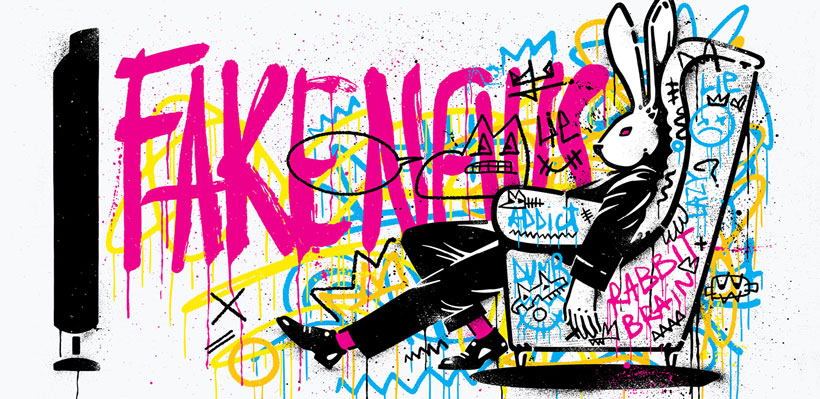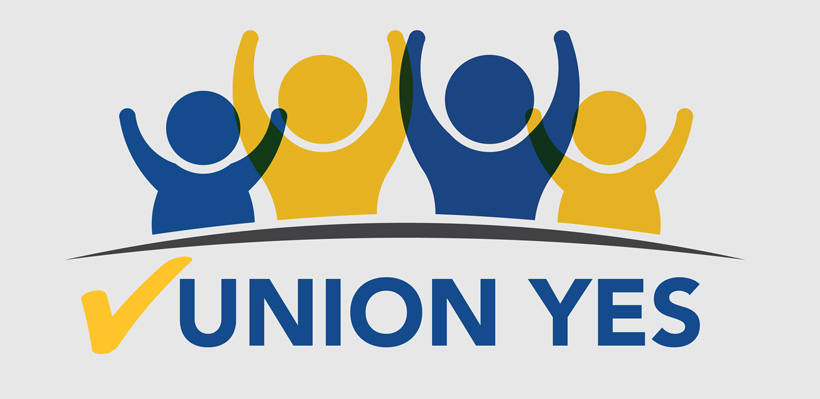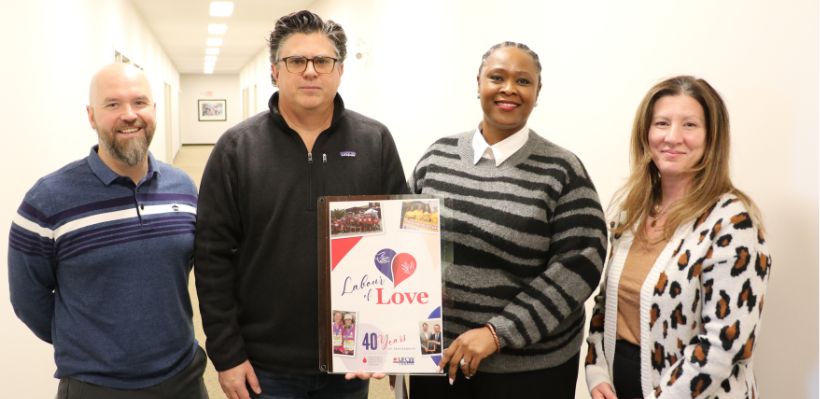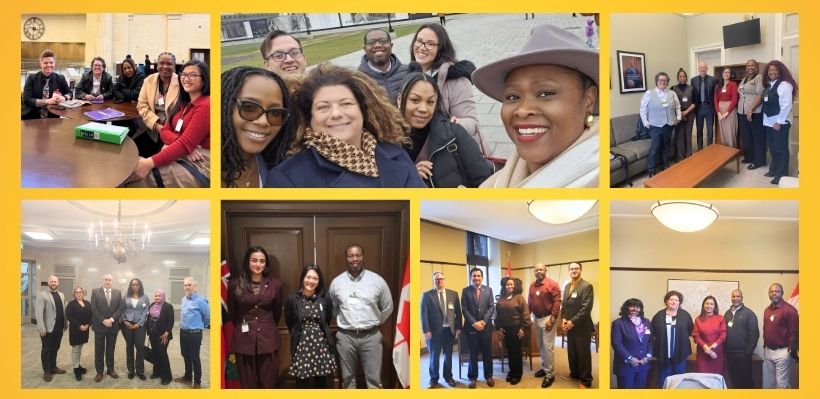
Disinformation is everywhere, and it is putting democracies around the world at risk.
From Britain to the United States, false and misleading information is having an impact on elections and in turn, people’s lives. Canada is no exception.
After Canada’s 16-month public inquiry into foreign inference, Commissioner Marie-Josée Hogue reported earlier this year that the greatest threat is disinformation as it “threatens the very existence of our democracy.” In fact, she further reported that our country does not have the tools to combat disinformation, whether it’s foreign or domestic.
From Facebook to X, Canadians are being targeted by sophisticated social media campaigns, which utilize fake profiles and bots (automated programs) – often generated by overseas actors with an agenda. As a result, we are seeing an onslaught of messages, with false or misleading information on everything from health, finance to politics.
Part of the issue is that Canadians, like much of the world, are increasingly turning to social media for information instead of traditional media outlets, like newspapers and TV stations. Many do not realize the memes, videos, and graphics that they encounter may be deliberately designed to manipulate them.
“The consequence of disinformation is immense as it could lead Canadians to develop false impressions of political, financial and health issues and lead them to ultimately, make decisions against their best interests,” said President Wayne Hanley. “As citizens, it’s important to pause, think critically and consider further investigation of the information we find on social media and realize just because it is online doesn’t mean it is true. The standards for accuracy are lower to non-existent compared to traditional media.”
Recent reports indicate disinformation is currently being pushed by Facebook groups, which have been repackaged to promote Canada as the 51st state.
Other online groups are widely spreading disinformation regularly, and have amassed a massive number of followers. For example, on X (formerly Twitter), researchers found coordinated attempts from hundreds of thousands of accounts to tarnish Prime Minister Mark Carney with disinformation and promote Conservative leader Pierre Poilievre in the leadup to the last federal election.
As more people spend time online and by themselves, they are more susceptible to disinformation. The Canadian Medical Association (CMA) reports that social isolation is a key factor that leads to people believing in conspiracy worldviews: “Loneliness can motivate people to connect with a community, gaining a sense of social identity… Online conspiracy groups can offer that sense of connection and belonging.”
To combat misinformation, the CMA encourages social media users to think critically, work on building relationships offline and reach out for help.
“With the proliferation of social media, the need for accurate information is more important than ever,” President Hanley said. “It’s our role as citizens to be aware and to double-check the information that we are receiving on these platforms.”
COMBATING DISINFORMATION
Always Check the Source: Who is saying what and why are they saying it? It’s important to know who is creating the information. Search with Google and Wikipedia to find out more information about the organization or account that is promoting any information. Having thousands of followers doesn’t mean an account is providing you with accurate information.
Fact-Check the Information: You can fact-check by searching for news stories on the same subject. If trusted news sources are reporting the same story, you know it is more likely to be true. You can also use fact-checking resources from well-established reputable newswires : Associated Press – AP (apnews.com/ap-fact-check), Agence France-Presse – AFP (factcheck.afp.com) and the Canadian Press
(thecanadianpressnews.ca/fact_checking)
Pause if a Social Media Post Triggers an Emotional Response or Makes a Bold Claim:If the post triggers an emotional response or sounds too good to be true, ensure you double-check the information. A UN campaign is encouraging social media users to pause to interrupt the emotional impact of social media posts and to take a deep breath to trigger critical thinking.
Beware of Fake Accounts: Ask yourself if it is a real person or a real organization that is posting. Social media users often do not realize how widespread fake accounts are and the power they have to shape people’s opinions. Common features of fake accounts include fake photos (taken from legitimate users or online photos), frequent typos and spelling errors, low engagement but high number of followers, and one-sided political views. Use Google Lens to check if a photo is fake (lens.google).
Watch Out for Similar Messages: When you see thousands of similar comments about a politician or a policy issue, pause and think about whether there is a coordinated effort to manipulate voters. In these cases, real people are often not the ones who are posting, but rather bots.
Stop the Spread: If the content looks suspicious, don’t spread it further. Report it to the social media platform.
Back to the Basics: In a world of disinformation, rely on traditional media as they have standards and a responsibility to truthful information. Check out CBC News, CTV News, CP 24, Global News, the Toronto Star and Globe and Mail for information on issues that impact your lives.
Deep-Fake: With the use of AI on the rise, it’s easy for people and groups to create fake images, videos and stories. Ensure you always double-check and investigate further before making up your mind.
Information Courtesy of the Government of Canada and the UN.










